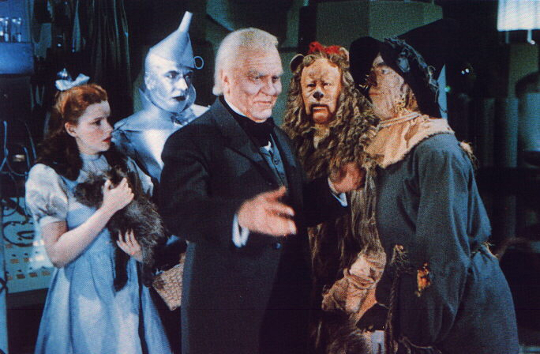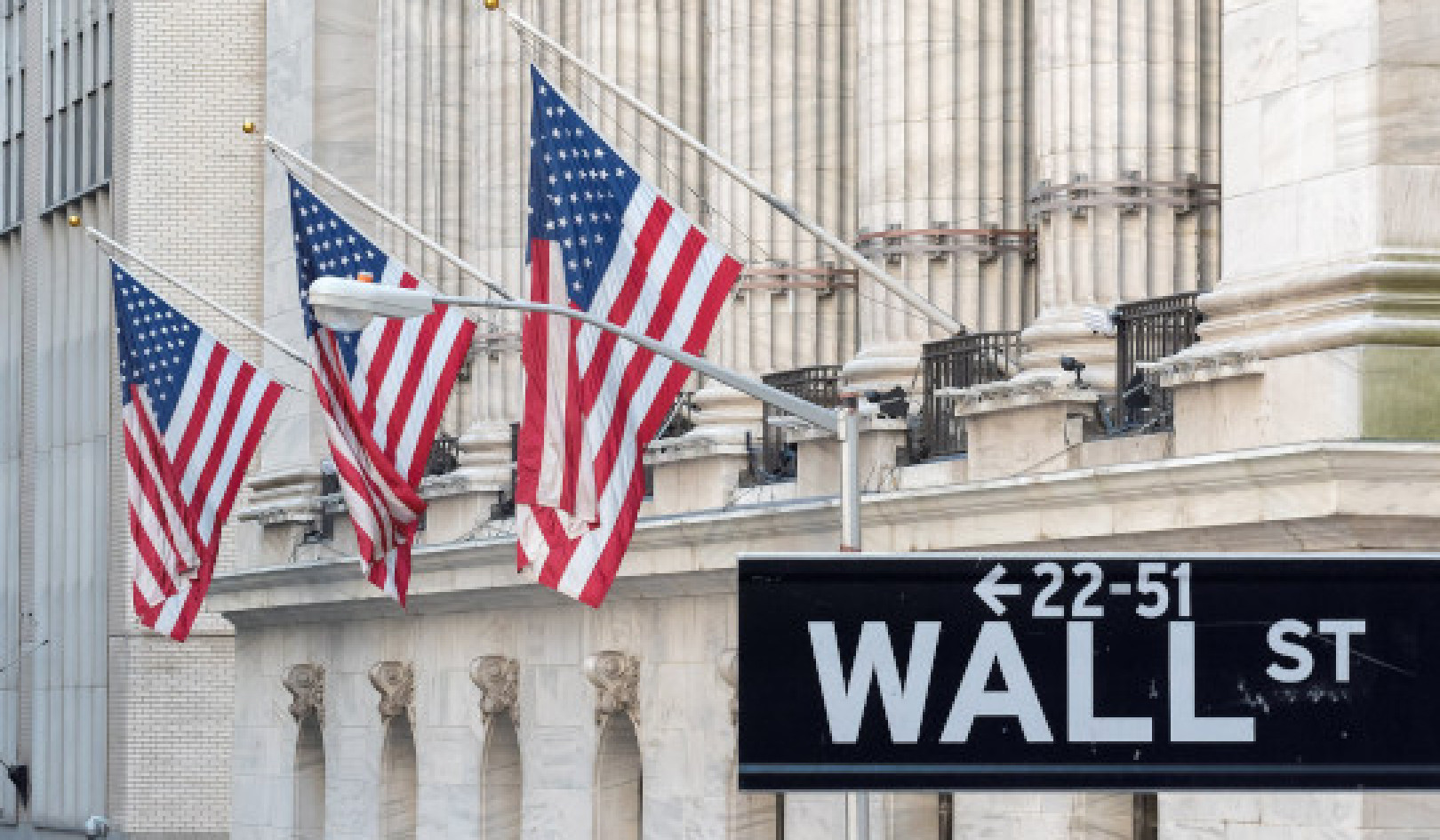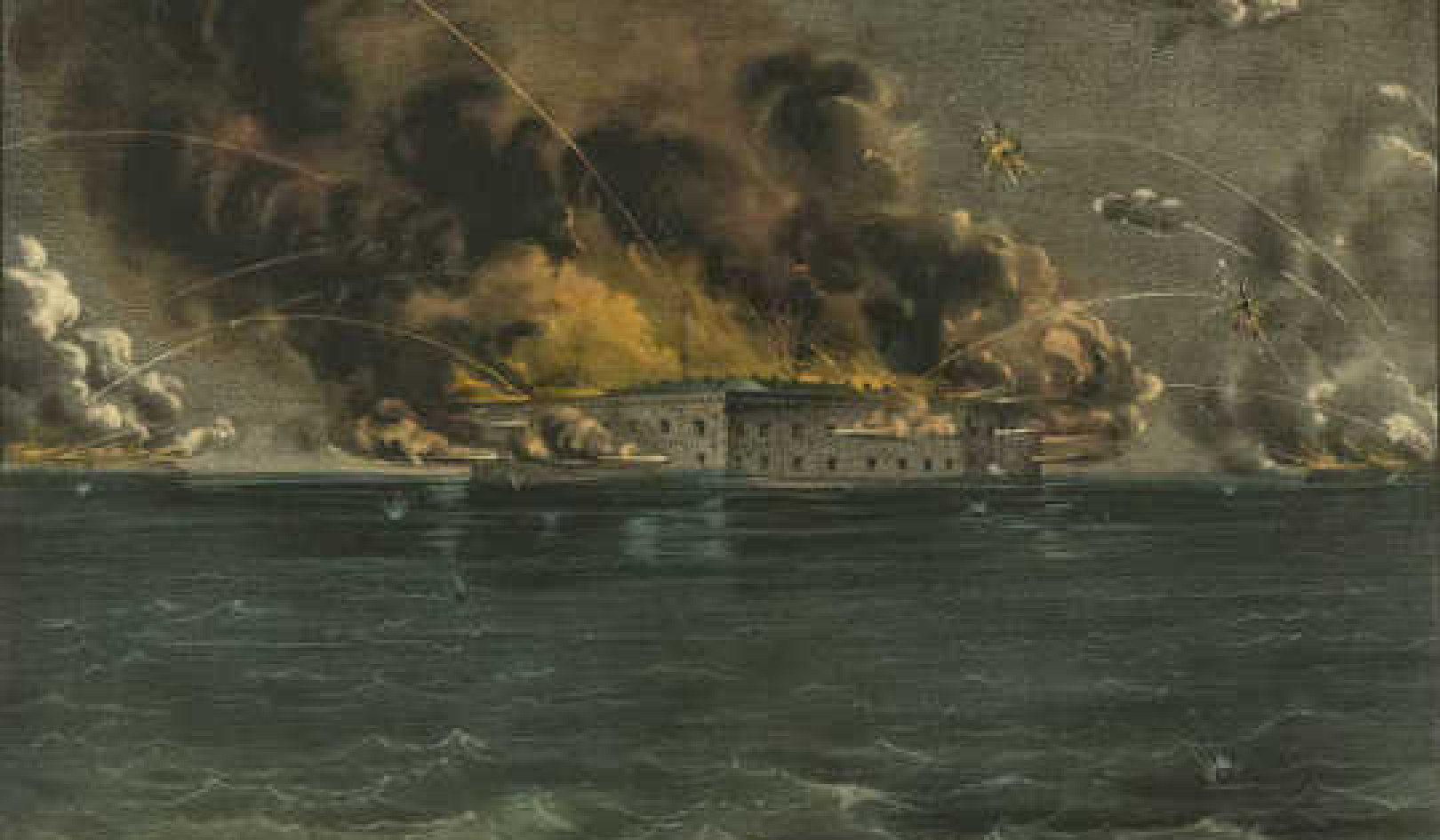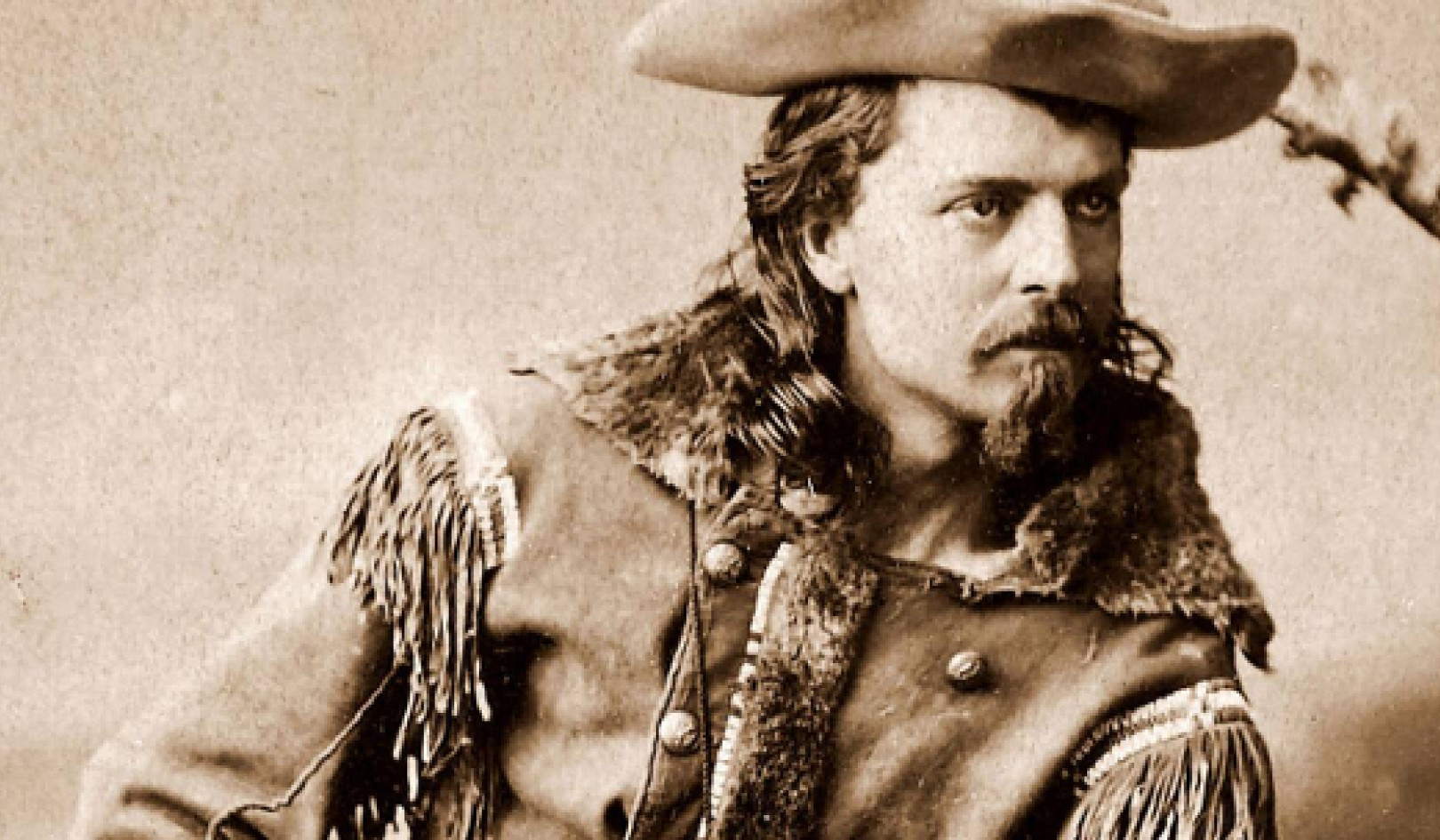
Many remember watching "The Wizard of Oz" as a child. We were captivated by the magical world of Oz and the characters who roamed its colorful countryside. But do we know what the message was and its relevance today?
"The Wizard of Oz" is much more than just a children's tale - it is a political allegory about the monetary policies of the United States at the turn of the 20th century. With the Republicans threatening to shut down the government, the real meaning of "The Wizard of Oz" and its themes are still relevant today in our modern economics.
The latter part of the 19th century was a time of great economic turmoil in the United States. The country was on the gold standard, and the number of dollars in circulation was tied to the quantity of gold available. This policy was intended to limit inflation but had some significant drawbacks. For one, it limited the money supply, making it difficult for the economy to grow. Additionally, it put a strain on farmers and other debtors, who were required to pay back loans in dollars worth more than when borrowed.
Bryan and the Cross of Gold Speech
The debate over the gold standard was at the forefront of American politics during this time. The Populist Party was formed in 1892 to promote adding silver as a currency, increasing the money supply and making it easier for people to pay off their debts. William Jennings Bryan, a Democratic congressman from Nebraska, became the face of the movement after his famous "Cross of Gold" speech in 1896.
Bryan argued that the gold standard was a form of oppression that favored the wealthy at the expense of the working class.
Within this historical context, we can understand the meaning of "The Wizard of Oz." The author of the book, L. Frank Baum was a supporter of Bryan and the Populist Party. He used the story of "The Wizard of Oz" as a political allegory to criticize the gold standard and the policies he believed were keeping the country in economic turmoil.
The characters in "The Wizard of Oz" represent different groups affected by the gold standard. The protagonist Dorothy is the average American struggling to make ends meet in a challenging economy. The Scarecrow represents farmers suffering from low crop prices and high debts. The Tin Man represents industrial workers who lost their jobs due to economic contraction. The Cowardly Lion represents Bryan and the Populist Party, who were fighting for economic justice.
The yellow brick road that Dorothy follows to reach The Emerald City represents the gold standard itself. It symbolizes the country's monetary path and the obstacles people face while navigating a challenging economy. The Wizard of Oz, who Dorothy and her friends seek out for help, represents the government, which people look to for solutions to their economic problems.
When Dorothy and her friends finally reach The Emerald City, they discover that the Wizard is a fraud. He is not a powerful magician but a bumbling man using smoke and mirrors to create the illusion of power. The Wizard represents the reality that the government could not solve the country's economic problems and that people needed to look elsewhere for solutions.
"The Wizard of Oz" is a lesson still relevant in modern economics. The moral of "The Wizard of Oz" is that Americans have always had the power to control their money and economy. Despite the limitations of the gold standard and the government's inability to provide solutions, people could still create solutions.
The Gold and Silver Controversy
The main drawback of the gold standard was that it limited the money supply, making it difficult for the economy to grow. This is why all countries no longer back their money with the gold standard and instead use fiat money. Fiat money is backed by the government's promise to honor it as legal tender, allowing for more flexibility in monetary policy.
While fiat money has drawbacks and can lead to inflation if not appropriately managed, it allows for more significant economic growth and prosperity. This is because it enables the government to increase the money supply as needed to support a growing economy without being constrained by a fixed supply of gold. The US ended the dollar's convertibility with gold in the Nixon Administration in August 1971.
Controlling Inflation and Deflation
Another critical lesson of "The Wizard of Oz" is the importance of increasing economic capacity to control inflation. In the story, the Emerald City is a place of great wealth and prosperity, where people have everything they need and want. This represents the idea that if the economy is strong and productive, it can support a larger money supply without leading to inflation.
In modern economics, increasing economic capacity means investing in infrastructure, education, and technology to improve productivity and output. This can help create a virtuous economic growth cycle. A strong economy can support a larger money supply without leading to inflation.
"The Wizard of Oz" is much more than just a children's tale - it is an important political allegory about the monetary policies of the United States during the late 19th century. The story's themes of economic turmoil, government fraud, and the importance of increasing financial capacity are still relevant in modern economics.
While the gold standard may have been appropriate for its time, it had significant drawbacks. Our economy needed to be more sustainable in the long run. Today, fiat money allows for that greater flexibility in monetary policy. It can support a growing economy but must be managed carefully to avoid inflation. And that role has been given to the Federal Reserve in the US and other central banks worldwide.
Many would have us believe that the FED is an independent agency, and to a certain extent, it is. However, that independence was given to the FED by Congress to discourage meddling by its members. But what instructions Congress provides the FED with can be altered as in 2010.
Ultimately, the lesson of "The Wizard of Oz" is that Americans have always had the power to control their money and economy. Investing in economic growth and productivity can create a stronger and more prosperous future for ourselves and our country.
About the Author
 Robert Jennings is co-publisher of InnerSelf.com with his wife Marie T Russell. He attended the University of Florida, Southern Technical Institute, and the University of Central Florida with studies in real estate, urban development, finance, architectural engineering, and elementary education. He was a member of the US Marine Corps and The US Army having commanded a field artillery battery in Germany. He worked in real estate finance, construction and development for 25 years before starting InnerSelf.com in 1996.
Robert Jennings is co-publisher of InnerSelf.com with his wife Marie T Russell. He attended the University of Florida, Southern Technical Institute, and the University of Central Florida with studies in real estate, urban development, finance, architectural engineering, and elementary education. He was a member of the US Marine Corps and The US Army having commanded a field artillery battery in Germany. He worked in real estate finance, construction and development for 25 years before starting InnerSelf.com in 1996.
InnerSelf is dedicated to sharing information that allows people to make educated and insightful choices in their personal life, for the good of the commons, and for the well-being of the planet. InnerSelf Magazine is in its 30+year of publication in either print (1984-1995) or online as InnerSelf.com. Please support our work.
Creative Commons 4.0
This article is licensed under a Creative Commons Attribution-Share Alike 4.0 License. Attribute the author Robert Jennings, InnerSelf.com. Link back to the article This article originally appeared on InnerSelf.com
Recommended books:
Capital in the Twenty-First Century
by Thomas Piketty. (Translated by Arthur Goldhammer)
 In Capital in the Twenty-First Century, Thomas Piketty analyzes a unique collection of data from twenty countries, ranging as far back as the eighteenth century, to uncover key economic and social patterns. But economic trends are not acts of God. Political action has curbed dangerous inequalities in the past, says Thomas Piketty, and may do so again. A work of extraordinary ambition, originality, and rigor, Capital in the Twenty-First Century reorients our understanding of economic history and confronts us with sobering lessons for today. His findings will transform debate and set the agenda for the next generation of thought about wealth and inequality.
In Capital in the Twenty-First Century, Thomas Piketty analyzes a unique collection of data from twenty countries, ranging as far back as the eighteenth century, to uncover key economic and social patterns. But economic trends are not acts of God. Political action has curbed dangerous inequalities in the past, says Thomas Piketty, and may do so again. A work of extraordinary ambition, originality, and rigor, Capital in the Twenty-First Century reorients our understanding of economic history and confronts us with sobering lessons for today. His findings will transform debate and set the agenda for the next generation of thought about wealth and inequality.
Click here for more info and/or to order this book on Amazon.
Nature's Fortune: How Business and Society Thrive by Investing in Nature
by Mark R. Tercek and Jonathan S. Adams.
 What is nature worth? The answer to this question—which traditionally has been framed in environmental terms—is revolutionizing the way we do business. In Nature’s Fortune, Mark Tercek, CEO of The Nature Conservancy and former investment banker, and science writer Jonathan Adams argue that nature is not only the foundation of human well-being, but also the smartest commercial investment any business or government can make. The forests, floodplains, and oyster reefs often seen simply as raw materials or as obstacles to be cleared in the name of progress are, in fact as important to our future prosperity as technology or law or business innovation. Nature’s Fortune offers an essential guide to the world’s economic—and environmental—well-being.
What is nature worth? The answer to this question—which traditionally has been framed in environmental terms—is revolutionizing the way we do business. In Nature’s Fortune, Mark Tercek, CEO of The Nature Conservancy and former investment banker, and science writer Jonathan Adams argue that nature is not only the foundation of human well-being, but also the smartest commercial investment any business or government can make. The forests, floodplains, and oyster reefs often seen simply as raw materials or as obstacles to be cleared in the name of progress are, in fact as important to our future prosperity as technology or law or business innovation. Nature’s Fortune offers an essential guide to the world’s economic—and environmental—well-being.
Click here for more info and/or to order this book on Amazon.
Beyond Outrage: What has gone wrong with our economy and our democracy, and how to fix it -- by Robert B. Reich
 In this timely book, Robert B. Reich argues that nothing good happens in Washington unless citizens are energized and organized to make sure Washington acts in the public good. The first step is to see the big picture. Beyond Outrage connects the dots, showing why the increasing share of income and wealth going to the top has hobbled jobs and growth for everyone else, undermining our democracy; caused Americans to become increasingly cynical about public life; and turned many Americans against one another. He also explains why the proposals of the “regressive right” are dead wrong and provides a clear roadmap of what must be done instead. Here’s a plan for action for everyone who cares about the future of America.
In this timely book, Robert B. Reich argues that nothing good happens in Washington unless citizens are energized and organized to make sure Washington acts in the public good. The first step is to see the big picture. Beyond Outrage connects the dots, showing why the increasing share of income and wealth going to the top has hobbled jobs and growth for everyone else, undermining our democracy; caused Americans to become increasingly cynical about public life; and turned many Americans against one another. He also explains why the proposals of the “regressive right” are dead wrong and provides a clear roadmap of what must be done instead. Here’s a plan for action for everyone who cares about the future of America.
Click here for more info or to order this book on Amazon.
This Changes Everything: Occupy Wall Street and the 99% Movement
by Sarah van Gelder and staff of YES! Magazine.
 This Changes Everything shows how the Occupy movement is shifting the way people view themselves and the world, the kind of society they believe is possible, and their own involvement in creating a society that works for the 99% rather than just the 1%. Attempts to pigeonhole this decentralized, fast-evolving movement have led to confusion and misperception. In this volume, the editors of YES! Magazine bring together voices from inside and outside the protests to convey the issues, possibilities, and personalities associated with the Occupy Wall Street movement. This book features contributions from Naomi Klein, David Korten, Rebecca Solnit, Ralph Nader, and others, as well as Occupy activists who were there from the beginning.
This Changes Everything shows how the Occupy movement is shifting the way people view themselves and the world, the kind of society they believe is possible, and their own involvement in creating a society that works for the 99% rather than just the 1%. Attempts to pigeonhole this decentralized, fast-evolving movement have led to confusion and misperception. In this volume, the editors of YES! Magazine bring together voices from inside and outside the protests to convey the issues, possibilities, and personalities associated with the Occupy Wall Street movement. This book features contributions from Naomi Klein, David Korten, Rebecca Solnit, Ralph Nader, and others, as well as Occupy activists who were there from the beginning.
Click here for more info and/or to order this book on Amazon.




























